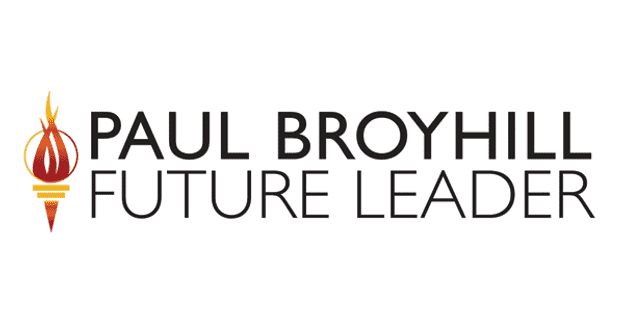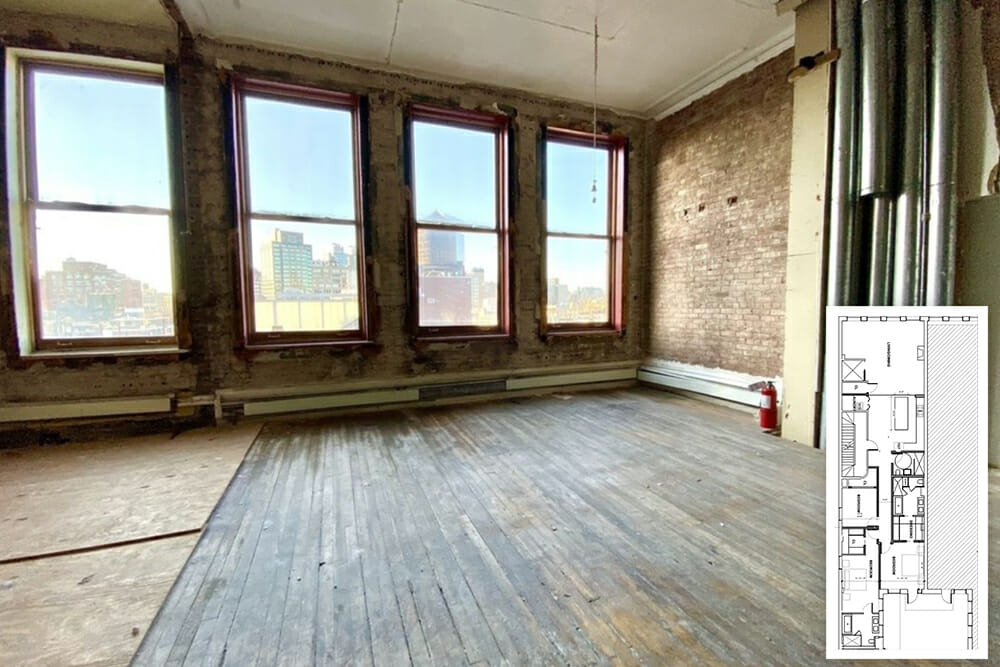Whether it’s a kitchen remodel, bathroom upgrade, or a complete home overhaul, the cost of renovation can be a significant investment. But don’t let finances deter your dreams. Explore a variety of financing options to turn your vision into reality.
Wondering how to finance your home renovation? There are options for every home and every economic cycle.
How can I finance my home renovation? This is a popular question for us at Sweeten! We’ve been gathering insights from homeowners, contractors, and financing experts over many years, and have distilled them into the following guidelines. We hope they’ll simplify your planning, and maybe even open up new possibilities for your renovation.
Sweeten simplifies home renovation. We connect homeowners with top-rated general contractors, handling the vetting process and project management. To learn more about how we can help, check out our guide to home renovation services.
Five financing options
1. Pay in cash
Even if interest rates are low, paying in cash is the most straightforward option. Just as with other payment methods, you’ll want to agree on a clear payment plan with your contractor to avoid surprises.
Most projects require a deposit upfront with installments made at specific points. On a smaller project, terms might be for two payments, with 50% due upfront and 50% due at completion. For a mid-sized project like a kitchen renovation, you might agree to pay 15% to 30% upfront, 40% to 50% at the midway point, and the final 15% to 30% upon completion.
Payment plans for large projects
Larger projects tend to require a smaller deposit upfront but more payments along the way. You can expect payments attached to milestones like demolition, midpoint, and punch-list completion. Negotiate with your general contractor to establish these terms and get them all in writing!
If you renovate with Sweeten, you’ll be able to pay electronically through Sweeten Payments—a simple way to automate the payment process without the hassle paper checks.
2. Take out a personal or unsecured loan
If your renovation will cost under $50,000, you might consider a personal (or “unsecured”) loan from a credit union, bank, or another lender. These loans don’t require collateral; meaning, the loan isn’t tied to your home and won’t jeopardize it if you default. They’re also usually fairly easy to acquire.
You’ll get a higher funding limit than you would from most credit cards, but not high as you can get from a secured loan. These loans tend to be offered for a fixed term at a fixed interest rate and are repaid in monthly installments. The downside is that the interest rates on personal loans tend to be much higher than on loans associated with your home (like mortgages with built-in renovation financing, home equity loans, or home equity lines of credit).
Renovate to live, Sweeten to thrive!
Sweeten brings homeowners an exceptional renovation experience by personally matching trusted general contractors to your project, while offering expert guidance and support—at no cost to you.
Expect to pay interest in the range of 5-6% on a $50,000 loan over 24 months for personal unsecured loans. Rates tend to vary quite a bit for personal loans, so do your research to see what makes the most sense for your renovation.
3. Build financing into your mortgage
If you are currently in the process of purchasing a home, this may be the best option. Alternately, if you already own but are considering refinancing, this option can help you adjust your mortgage rate while rolling new financing into it. (This process is known as “cash-out refinancing”). Either way, you go through both the mortgage and renovation financing application process just once and you’ll end up with one monthly payment for both.
Home’s future value
Your lender will likely calculate the amount of the loan based on the future value of the renovated property. This lets you borrow more, because you may qualify for a larger loan than you would if the calculation were based on the home’s pre-renovation value. This also tends to mean that you don’t have to worry as much about the current condition of the home; with some other types of financing, the lender may balk if the property is in bad shape.
Types of mortgages
As with regular mortgages, you can choose between a conventional loan and one backed by the Federal Housing Administration (FHA), known as an FHA 203(k) loan. 203(k) loans have more lenient guidelines and allow the homeowner to borrow a higher percentage of the home’s current value. With either a conventional or FHA mortgage, your monthly payments may be lower than they would be with a home equity loan or line of credit (both detailed below), but slightly higher than with a regular mortgage. These loans are also attractive because they lock in your interest rate.
Mortgages with built-in renovation loans may have requirements regarding the timing of your renovation. You may have to begin and complete your renovation within a set window after closing. The rules may also stipulate that renovation work cannot stop for more than a set time. These loans may not work if you need an open timeline or if you want to carry out your renovation in stages.
Lastly, note that these loans can take 60-90 days from application to completion—because your construction plans need to be in place, and the appraiser needs to review them to assess the post-renovation value of your home.
4. Take out a home equity loan (HEL)
A home equity loan, often referred to as a “second mortgage,” is an option if your home is worth more than what you now owe on your mortgage. This type of loan is similar to a conventional mortgage in two ways. It offers tax deductions on interest payments. And you make payments over a similarly long timeframe. Take note: there may be closing costs. And some lenders charge a penalty for paying off the loan early.
Interest rates are usually fixed on home equity loans, but the rate is somewhat higher than with conventional mortgages. Still, thanks to the current low prime rate, you’ll get a better rate than you would have in years past.
5. Establish a home equity line of credit (HELOC)
A home equity line of credit is similar to a credit card. The lender gives you a credit limit and charges you interest on the amount you use. Instead of receiving a lump sum upfront, you borrow what you want, when you want. This makes it a good option for a series of projects, or if you anticipate having a long renovation. You can obtain these types of loans from all the usual sources—banks, finance companies, brokerages, and credit unions.
Interest rates are adjustable, so beware of loans with low initial rates. Some may also have a minimum withdraw, and many offer 5-10 year limits on access to the credit line. While the credit line is open, you pay interest on what you owe, and then you typically have 10-15 years after it closes to pay it back in full. Compared with home equity loans, a home equity line of credit offers more flexibility. However, since the rate fluctuates, it is also riskier. Terms and conditions vary widely on credit lines, interest rates, and fees, so it’s important to read the fine print.
How did you finance your home renovations?
Now that you know how to finance home renovations, we want to hear from you! Have you paid for a renovation project with one of these options (or in an unconventional or particularly resourceful fashion?) Let us know in the comments!
If you’re deciding on your scope, here’s where you might splurge and save from kitchens and bathrooms to basements. 

Ready to renovate? Start here for free!
Here you can learn more about our services and locations. Alternatively, browse more home renovation inspirations, processes, and cost guides.
Frequently asked questions
A personal (or “unsecured”) loan is from a credit union, bank, or another lender. These loans can be used for many purposes and do not require collateral. This means the loan isn’t tied to your home and won’t jeopardize it if you default. Unsecured loans are based on the overall creditworthiness of the loan applicant.
An FHA 203k loan is backed by the Federal Housing Administration, where it gets its name. 203(k) loans generally have more lenient guidelines and enable the homeowner to borrow a higher percentage of their home’s current value. These loans also tend to have a locked-in interest rate.
Commonly referred to as a “second mortgage,” this type of loan works for homeowners whose homes are worth more than what they owe on their mortgage. This loan offers tax deductions on interest payments, and the homeowner will make payments over a similarly long period of time.
A home equity line of credit is similar to a credit card. The lender gives you a credit limit and charges you interest on the amount you use. Instead of receiving a lump sum upfront, you borrow what you want, when you want. These loans can be obtained from all the usual sources—banks, finance companies, brokerages, and credit unions.















